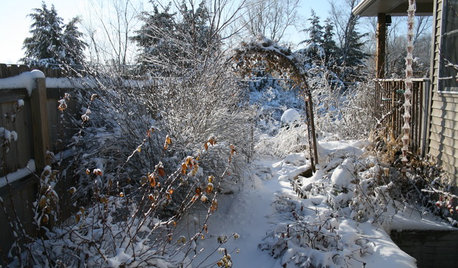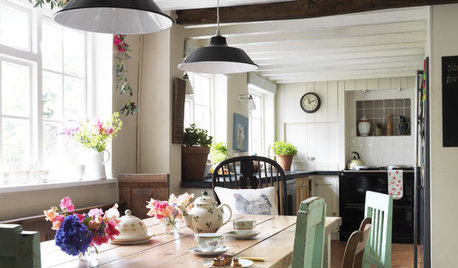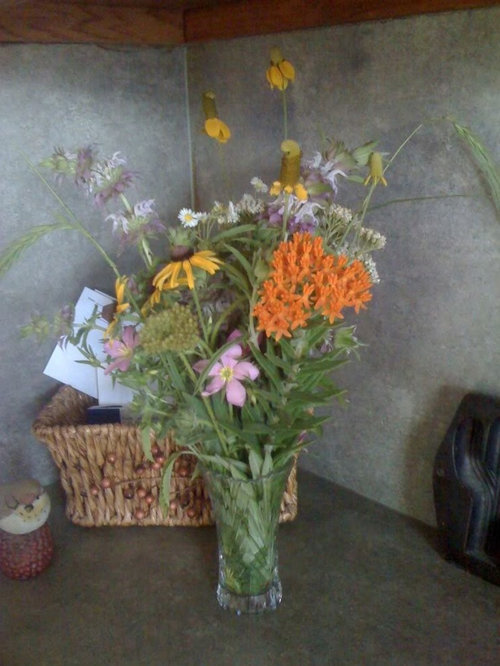Dawn beat me to it........
Pallida
11 years ago
Related Stories

LIFE6 Ways to Beat the Winter Blahs
Snow and dark days dampening your spirits? These ideas will have you looking on the bright side
Full Story
MOST POPULAR4 Obstacles to Decluttering — and How to Beat Them
Letting go can be hard, but it puts you more in control of your home's stuff and style. See if any of these notions are holding you back
Full Story
DECORATING GUIDES12 Ways to Beat the Home Decor Blahs
A few easy tweaks will make your house feel new to you
Full Story
GARDENING GUIDES6 New Plant Varieties That Beat Out Their Parents
With better resistance and fewer demands, these garden beauties are worth a spot on your wish list
Full Story
GARDENING GUIDES6 Plants That Beat Butterfly Bush for the Wildlife Draw
It's invasive, a nonnative and a poor insect magnet. Check out these better alternatives to butterfly bush in the garden
Full Story
REMODELING GUIDES8 Natural Home Materials That Can't Be Beat
See how designing with natural stone, clay, wood and more can give a house luminosity, depth of color and lasting appeal
Full Story
LIGHTINGNew Classics: Tom Dixon's Beat Pendant Lights
Inspired by Indian forms and with refreshingly straightforward names, these light fixtures add a striking note to all kinds of rooms
Full Story
DIY PROJECTSTurn a Beat-Up Bar Cart Into a Thing of Beauty
Found a cast-off cart or table? See how to transform it into a stunning accent for your home
Full Story
KIDS’ SPACESBeat the Midsummer Blahs — 10 Ways to Recharge a Kids' Space
Overcome boredom and encourage a fresh wave of creativity and fun among young ones with these energizing ideas
Full Story
HOUZZ TOURSMy Houzz: A Texas Home Dances to Its Own Beat
A couple’s Lone Star roots on one side and Norwegian dancing heritage on the other bring eclectic flair to a North Dallas pad
Full StorySponsored




Okiedawn OK Zone 7
PallidaOriginal Author
Related Discussions
Tell me about Dawn
Q
Need A Good Climbing Pole Bean
Q
worst meal of the year! can you beat it?
Q
IDing zone 4 or 5 by New Dawn performance? Anyone else with New Dawn?
Q
Okiedawn OK Zone 7
mulberryknob
PallidaOriginal Author
soonergrandmom
Okiedawn OK Zone 7
PallidaOriginal Author
soonergrandmom
PallidaOriginal Author
PallidaOriginal Author
Okiedawn OK Zone 7
PallidaOriginal Author
Okiedawn OK Zone 7
PallidaOriginal Author
Okiedawn OK Zone 7
PallidaOriginal Author
susanlynne48
PallidaOriginal Author